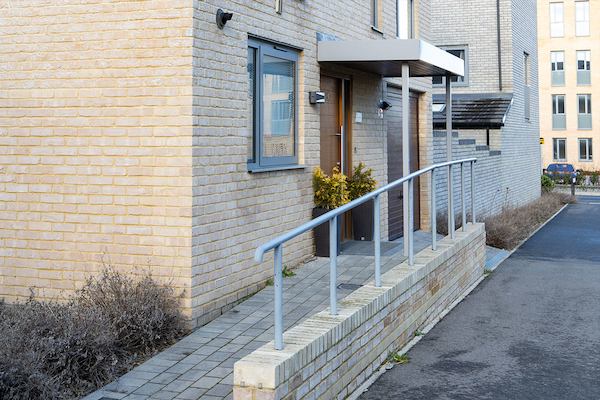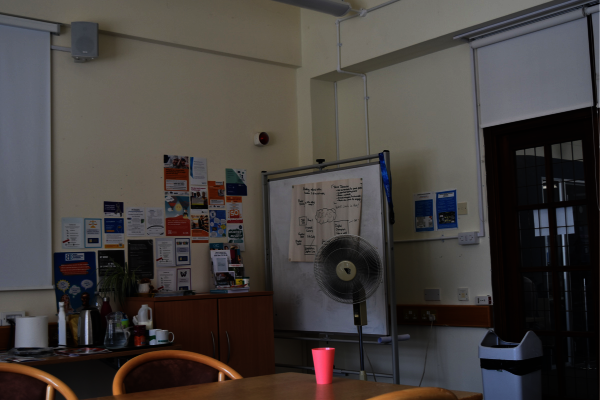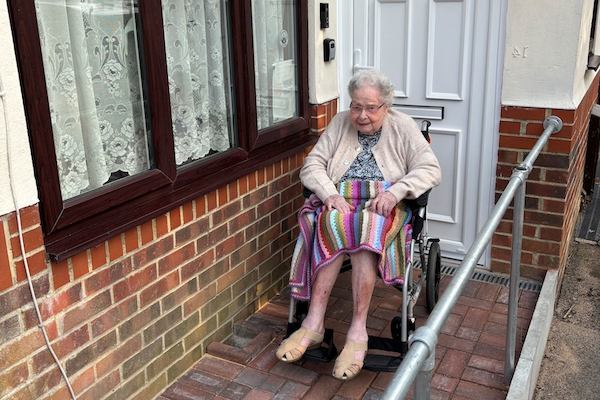Top tips:
- Use surveys and focus groups to understand the issues that your older workers feel are most important and clearly communicate the purpose of the work
- Seek buy-in at all stages from senior leaders
- Show how policy/guideline changes can benefit both staff and employer
In common with others in the world of marketing, communications and innovation, dentsu UK has a predominantly younger workforce, with an average age of 33. Two-thirds of its 3,500-strong employees are under 40, and only 10% are aged 50 or over. However, the company felt it was important to change this, both so that its workforce better reflected the diverse society in which it operates and to retain employees beyond their 40s.
“Even in their early forties, people didn’t see longevity within the industry”, says Nicole Basra, Diversity, Equality and Inclusion (DEI) Director for UK & Ireland. “We signed the Age-friendly Employer Pledge to show our commitment to an inclusive workplace that values employees of all ages. At dentsu, attracting and engaging older workers enriches our culture and leverages their experience, which is vital for our business success. This pledge supports our efforts in age-inclusion and ensures all employees feel valued."
With the backing of an executive sponsor, she set up an Age Inclusion Employee Resource Group (ERG), composed of dedicated employees and passionate volunteers, with a mission to attract, retain and engage employees over 50.
Insights
To better understand key issues, the ERG conducted a quantitative survey. The survey was advertised inclusively to all employees, avoiding age-specific targeting. Respondents were assured anonymity and the purpose of the survey was clearly communicated. Within two weeks, 130 responses from those over 45 were received, highlighting the importance of the issue. The survey provided useful insights into attitudes towards job security, learning and development, retirement planning and camaraderie. It showed the Executive Leadership Team the business case for a programme to improve age inclusion and Nicole won strong executive support for it.
To build on this and obtain greater depth of understanding, the ERG followed up with a few focus groups to tap directly into the experience and wisdom of its older employees. So as to avoid more senior employees unduly influencing others, the groups were confined to people around the same level as each other, with about six to eight people in each discussion. All employees aged 45 or over were invited to take part, and 21 signed up.
The findings were grouped under the following headings:
- Roles and career paths
- Learning and development
- Flexible working
- The office environment
- Health and wellbeing
- Camaraderie and connections
- Reward and benefits
- Retirement planning
Top issues
Flexible working was the topic that excited most discussion. “I think flexibility is the key – it’s what will keep me here for longer, definitely,” said one respondent.
Recognising that this was a priority to look at from a policy perspective, management set in train a project to explore job sharing – this was a new idea that emerged directly from the research.
The findings on rewards and benefits led to a project to look at benefits for older people. “We had plenty of schemes for younger employees, like parental leave, neo-natal care, pregnancy loss,” says Nicole, “but what were we doing at the other end of the spectrum? As a direct result of the project, dentsu has started to explore various initiatives to support older employees’ well-being and to recognise their contributions.
On retirement planning, the research showed that employees would welcome gradual ways to retire as they approached this new phase of their lives. Again, this led directly to a change for the better for older employees. The company developed new guidelines entitled Pathways to Retirement, showing a whole range of options people could take, and opening up discussion between employees and managers in a constructive way.
The research and the projects it engendered have greatly raised awareness and understanding among senior management about age inclusion, and have reinforced the company’s commitment to invest in age-friendly initiatives.
What can I do next?
- Conduct a quantitative survey among older employees to gain insights on the issues they consider important
- Ensure senior management recognises the purpose of and supports the exercise
- Set up focus groups, stratifying by seniority
- Present the results in an impactful way, using quotes to bring them to life
- Prioritise policy changes based on the strength of feedback and benefits of implementation



